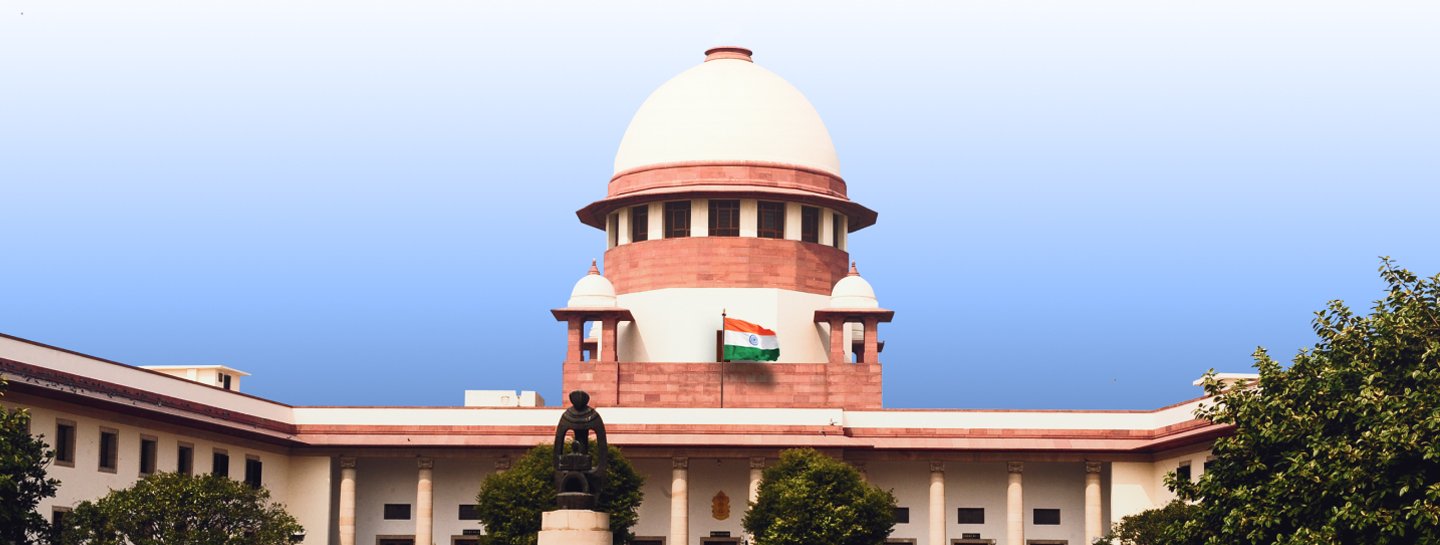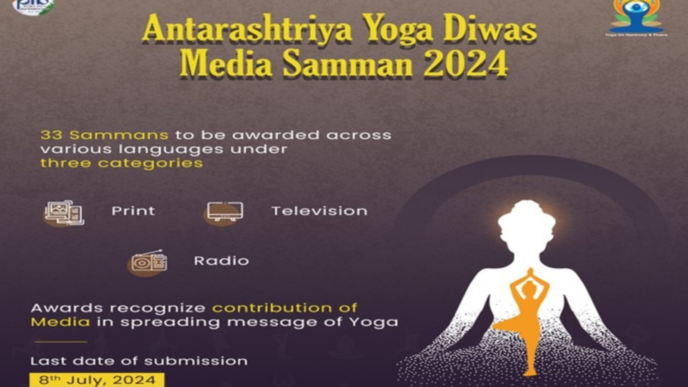New Delhi: The Supreme Court on Monday issued new guidelines aimed at curbing the disparaging portrayal of persons with disabilities in visual media and films. The verdict addressed the need to eliminate derogatory terms and stereotypes that perpetuate negative societal perceptions.
The ruling came in response to a plea filed by Nipun Malhotra, who highlighted deprecatory references to differently-abled individuals in the Hindi film ‘Aankh Micholi.’ Malhotra argued that such portrayals contribute to the marginalization of people with disabilities.
Chief Justice D Y Chandrachud, leading the bench, emphasized the impact of language in shaping societal attitudes. “Words cultivate institutional discrimination, and terms such as ‘cripple’ and ‘spastic’ have come to acquire devalued meanings in societal perceptions about persons with disabilities,” he stated.
The guidelines laid down by the Supreme Court include several key measures:
- Consultation with Experts: The Central Board of Film Certification (CBFC) must seek the opinion of experts on disability before approving films for screening.
- Positive Depiction: Films and visual media should strive to depict the diverse realities of persons with disabilities. This includes showcasing their successes, talents, and contributions to society, rather than focusing solely on their challenges.
- Avoidance of Stereotypes: The portrayal of persons with disabilities should avoid both negative stereotypes and unrealistic, exaggerated depictions, often referred to as “super cripples.”
ALSO READ: Paramount Global and Skydance Media Announce Landmark Merger
The court’s decision aims to foster a more inclusive and respectful representation of persons with disabilities in the media. By encouraging accurate and positive portrayals, the guidelines hope to shift societal perceptions and promote greater understanding and acceptance.
This landmark ruling underscores the importance of media responsibility in shaping public attitudes and highlights the role of cinema in promoting social change. The Supreme Court’s directive is expected to have a significant impact on the Indian film industry, ensuring that the stories and experiences of persons with disabilities are portrayed with dignity and respect.












